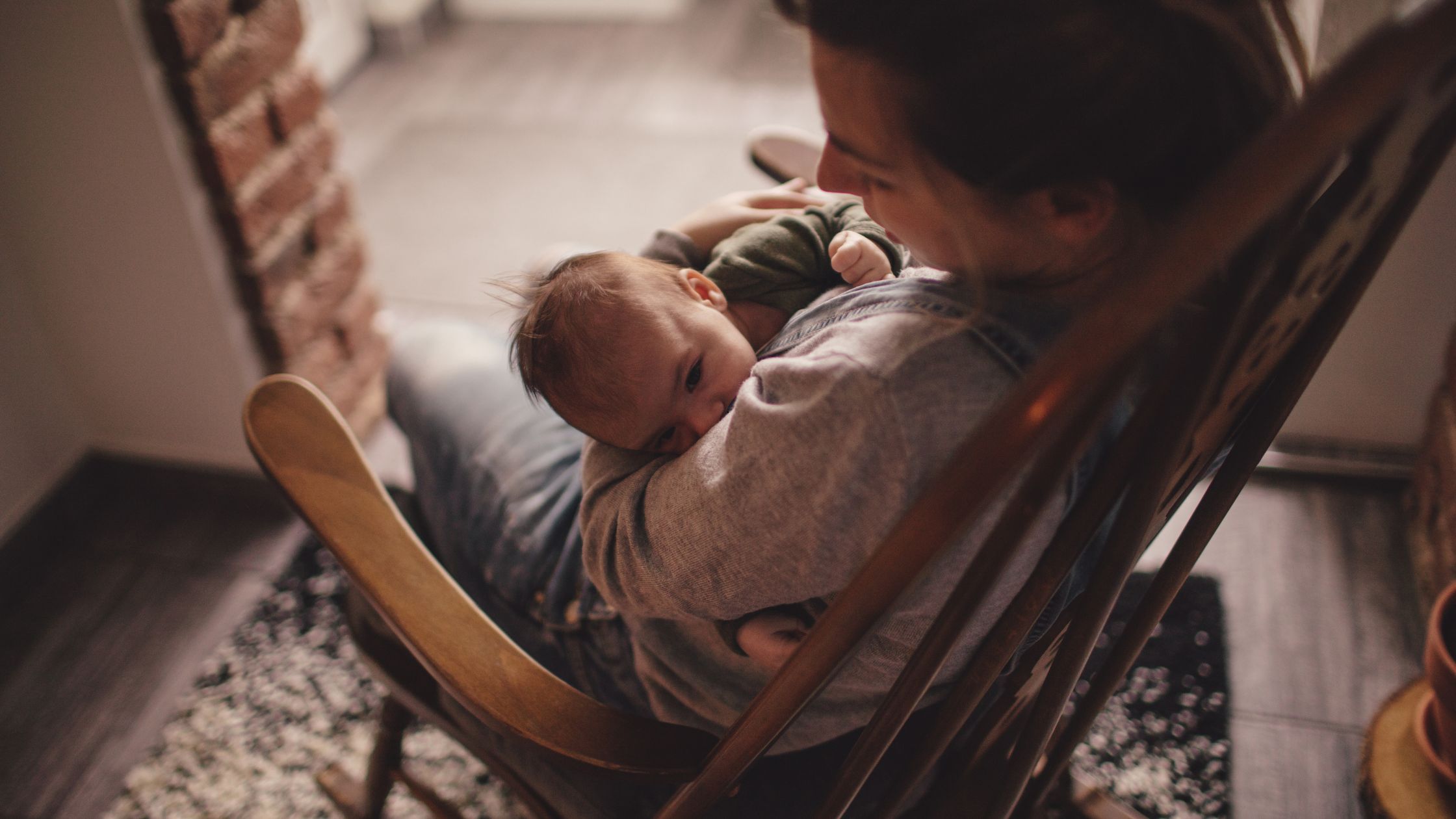
Sleep is essential not just for babies but also for their parents. A well-rested baby is a happy baby, and a rested family functions better. However, the journey to uninterrupted nights of sleep can feel elusive for many parents. This guide will explore how to get baby to sleep through the night at every stage and share practical, loving strategies to make those sleepless nights a thing of the past!
Understanding Baby Sleep Patterns
Before diving into strategies, it’s essential to understand that a baby’s sleep cycle is different from an adult’s. Babies spend more time in light sleep, waking frequently to eat or for comfort. As they grow, their sleep patterns mature, allowing for longer stretches of rest.
Key milestones:
⭐ Newborns (0-2 months): Sleep in short cycles of 2-3 hours, day and night.
⭐ Infants (3-6 months): Start to develop circadian rhythms and may sleep for 4-6 hours at a stretch.
⭐ Older infants (6+ months): Capable of sleeping through the night with proper sleep training.
Understanding these stages can help set realistic expectations and tailor your approach.
Tips for Each Stage
Newborns (0-2 Months): Focus on Foundations
At this stage, your baby’s sleep will naturally be fragmented. While you can’t expect a full night’s sleep yet, you can start laying the groundwork for healthy sleep habits:
✨Encourage Day-Night Awareness: Keep days bright and active, while nights are calm and dark.
✨Practice Safe Sleep: Always place your baby on their back in a crib or bassinet with a firm mattress and no loose bedding.
✨Respond to Cues: Follow your baby’s hunger and sleep signals. Over time, this helps you recognize their natural rhythms.
Infants (3-6 Months): Establishing a Routine
This is a great time to introduce a more structured sleep routine, as many babies start consolidating their sleep during this stage.
✨Set a Consistent Bedtime: A predictable bedtime routine helps your baby associate certain activities with sleep. This could include a warm bath, gentle massage, and a lullaby.
✨Introduce Self-Soothing: Encourage your baby to fall asleep independently by placing them in their crib when they’re drowsy but awake.
✨Manage Night Feedings: If your baby still wakes for feeds, keep nighttime interactions calm and brief to reinforce the difference between night and day.
Older Infants (6+ Months): Encouraging Longer Stretches
By six months, many babies no longer need nighttime feeds and are developmentally ready to sleep through the night.
✨ Consistency is Key: Stick to your bedtime routine and schedule, even during challenging phases like teething or regressions.
✨Sleep Training: There are various gentle methods to help your baby learn to self-settle. Choose an approach that aligns with your parenting style and comfort level.
✨ Create the Perfect Sleep Environment: Ensure the room is dark, quiet, and cool. White noise machines can help mask household sounds.
Common Challenges and How to Address Them
Sleep Regressions
Sleep regressions are temporary disruptions in sleep patterns that can occur during developmental leaps. During these times:
- Stick to your routine as much as possible.
- Provide extra comfort, but avoid introducing habits you don’t want to sustain long-term.
Teething
Teething pain can disrupt sleep but it shouldn’t be a reason to step away from what you have already established with your child. To ease discomfort:
✅ Offer a cool teething ring before bed (or maybe my Macaron Teether toy: https://babysleeppros.com/store/
✅ Use gentle pain relief methods as recommended by your pediatrician.
Separation Anxiety
This can appear around 8-10 months and affect sleep.
✅ Reassure your baby with a consistent bedtime routine.
✅ Practice brief separations during the day to build confidence.
Why Sleep Training is a Loving Choice
Some parents worry that sleep training may harm the parent-child bond. In truth, guiding your baby towards independent sleep is an act of love. It helps your child develop a critical life skill while also ensuring the entire family gets the rest they need to thrive.
At Baby Sleep Pros, I believe in a responsive and loving approach to sleep training. I believe in honoring your baby’s unique needs and your family’s goals, tailoring a plan that works for everyone involved.
How Baby Sleep Pros Can Help
If you’re feeling overwhelmed and defeated by your baby’s sleep struggles, you don’t have to navigate this journey alone. At Baby Sleep Pros, I offer:
✅ Online Services: Virtual consultations and step-by-step guidance, perfect for families who prefer flexibility. More details: https://babysleeppros.com/online-baby-sleep-training/
✅ At-Home Support: Personalized, hands-on coaching in the comfort of your home for those who want more direct assistance: https://realbabyworld.com/at-home-sleep-training-in-dmv/
With years of experience and a compassionate approach, we’re here to help your baby develop healthy sleep habits while bringing balance and joy back to your family life.
Final Thoughts
Helping your baby sleep through the night takes patience, consistency, and a little know-how. By understanding your baby’s unique needs and implementing gentle strategies, you can create a restful routine that benefits everyone in the household.
If you’re ready to start your sleep journey, reach out to Baby Sleep Pros today. Together, we can make restful nights a reality for your family and bring the balance back to your family.




